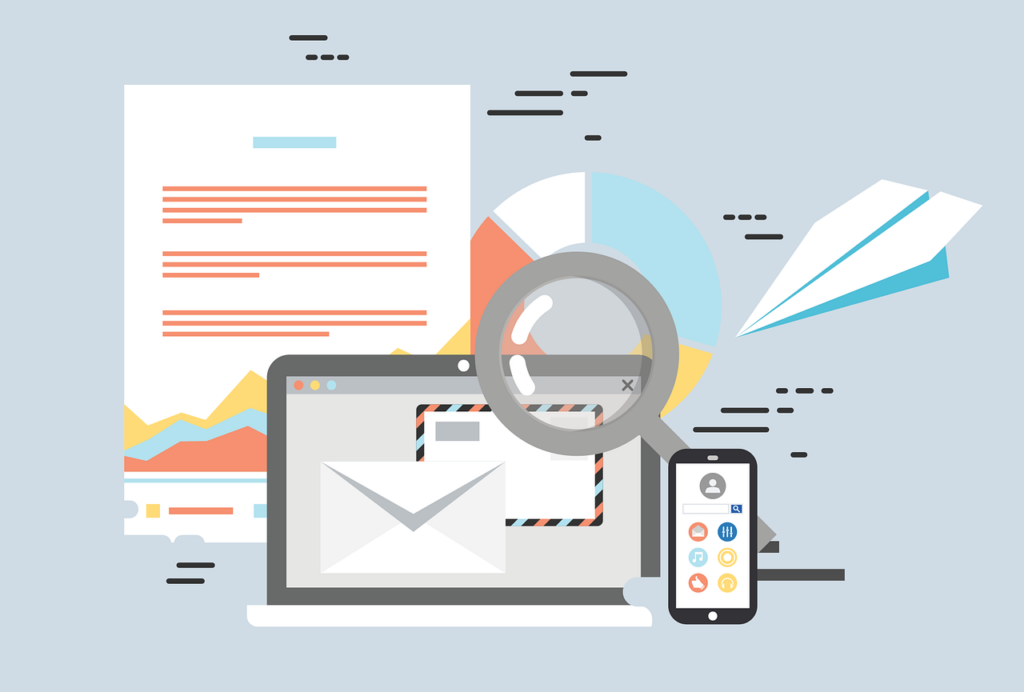The Power Trio: CRM, Omnichannel, and Business Intelligence
OmnichannelImagine you’re running a business and juggling multiple software tools that don’t communicate with each other. Frustrating, right? Your sales team uses one system, your marketing team another, and your customer service team yet another. This disconnection can lead to inefficiencies, miscommunication, and ultimately, lost opportunities. At Channel Automation, we understand these challenges and have a solution that integrates CRM, omnichannel communication, and business intelligence into one seamless platform. Let’s explore how this powerful trio can revolutionize your business operations.
Understanding the essentials: CRM, Omnichannel, and Business Intelligence
What is CRM?
CRM stands for Customer Relationship Management. It’s like the brain of your business, storing all the information about your customers, prospects, and leads. Think of it as a giant, organized filing cabinet that helps you keep track of everyone you interact with.
Why is Omnichannel important?
Omnichannel communication means reaching your customers through multiple channels like text, email, phone calls, and social media, all from one place. Imagine talking to a friend who prefers texting over calling – omnichannel lets you cater to everyone’s preferences, making communication smoother and more effective.
What is Business Intelligence?
Business intelligence (BI) involves using data to make smart decisions. It’s like having a superpower that helps you understand trends, patterns, and insights from your business data. With BI, you can see what’s working, what’s not, and how to improve.
The Problem with disconnected systems
Inefficiency and miscommunication
When your CRM, communication channels, and business intelligence tools don’t talk to each other, it creates a mess. Your sales team might miss out on crucial customer information stored in your CRM, or your marketing efforts might not align with your sales strategies. This inefficiency can lead to missed opportunities and frustrated customers.
Example: The miscommunication mess
Imagine you run a small business selling handmade jewelry. Your sales team uses one tool to track orders, your marketing team uses another for email campaigns, and customer service has its own system for handling inquiries. A customer places an order but doesn’t receive a confirmation email because the systems aren’t connected. They contact customer service, who can’t find their order in the sales team’s system. Frustrating for the customer and embarrassing for you!
How Channel Automation Solves These Problems
Seamless integration
Channel Automation integrates with most CRMs, omnichannel communication, and business intelligence into one platform. This means all your tools talk to each other, ensuring a smooth flow of information across your business.
Easy setup and use
Setting up Channel Automation is simple, and we provide training to help your team get started. Once everything is in place, you can easily manage customer interactions, track performance, and make data-driven decisions.
Example: The streamlined solution
Using the same jewelry business example, with Channel Automation, your sales, marketing, and customer service teams all use the same system. When a customer places an order, the CRM updates automatically, a confirmation email is sent instantly, and customer service can see the order details right away if there are any inquiries. No more confusion, just happy customers.
The benefits of using Channel Automation
Improved efficiency
With all your tools in one place, your team can work more efficiently. No more switching between different systems or dealing with miscommunication.
Enhanced customer experience
By using omnichannel communication, you can reach your customers through their preferred channels, improving their overall experience with your business.
Data-Driven decisions
Business intelligence tools help you understand your data, allowing you to make informed decisions that drive growth.
Example: Making informed decisions
Imagine noticing a trend where customers who receive follow-up emails are more likely to make repeat purchases. With this insight from Channel Automation’s BI tools, you can create a strategy to send personalized follow-up emails, boosting your sales.
Steps to implement Channel Automation
1. Assess your needs
Identify the key areas where you need integration and improvement. Do you need better CRM capabilities, more streamlined communication, or deeper business insights?
2. Set up Channel Automation
Work with our team to set up the platform tailored to your business needs. We’ll guide you through the process to ensure a smooth transition.
3. Train your team
Ensure your team is comfortable using the new system. We provide comprehensive training to get everyone up to speed.
4. Monitor and adjust
Regularly review the data and insights provided by the platform. Use this information to make necessary adjustments and improve your processes.
Efficiency and effective communication are key to success. By integrating CRM, omnichannel communication, and business intelligence into one seamless platform with Channel Automation, you can streamline your operations, enhance customer experiences, and make data-driven decisions that propel your business forward. Ready to revolutionize your business operations? Try Channel Automation today and experience the power of integrated business solutions.


